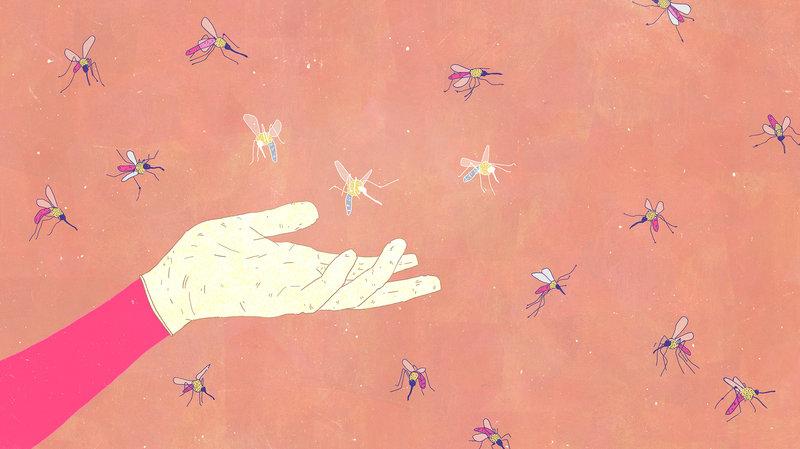Scientists have discovered a way to effectively change the genes of an organism so that the organism passes on certain genes to its offspring. Although genetic engineering is nothing new, modified insects, animals and microorganisms do not always pass their modified genome onto new generations. Due to the random chance that is associated with genes in reproduction, passing on the desired traits is not guaranteed. This has changed with the use of gene drives.
First done in fruit flies by a graduate student at the University of California, San Diego, the usage of gene drives might have the power to revolutionize the genetic field. Gene drives are the alteration of DNA sequences to greatly increase the likelihood that a certain genetic phenotype or observable trait will be passed on to the next generations. Instead of the normal randomization of inherited traits, it skews the odds in favor of a specific outcome.
Scientists have known about gene drives for quite a long time — since the 1940s, in fact. But it is the new genome editing techniques available that can make the use of gene drives a reality. An example of a genome editing strategy is the genome editing tool called CRISPR/Cas9 genome editing, which was first introduced by scientists at MIT and University of California, Berkeley. This system allows for the insertion, deletion and regulation of genes in many different species using enzymes that cut and insert genetic sequences as specified by the scientists using RNA snippets.
Though it takes a few generations, the combination of the CRISPR system and the gene drives can change almost an entire population of organisms. When the UC San Diego researchers did this, they altered fruit flies’ color. The fruit flies used for the parent generation appeared brown but also carried the genes for pale or “blond” coloring. Using the CRISPR system and the gene drives, they were able produce offspring that were almost entirely blond after just a few generations.
However, the implications are far broader than just color change. For example, if this technique is applied to mosquito genomes, there is a distinct possibility that mosquitoes could be altered so they would not carry malaria or West Nile virus. Ticks could be changed so they would not pass on Lyme Disease. Crop-eating insects could be modified so they would not attack certain plants. The possibilities seem endless. However, there are also concerns.
As revolutionary as the technique seems, there is no way of knowing how gene drives could affect the ecology and environment outside the laboratory. They could cause disease-carrying insects to move to new parts of the world, unbalance the competition between two species or cause the rise of an entirely new species of organism.
Additionally, if organisms can be changed for good, it is possible that they could also be altered for bad, possibly becoming a weapon of terrorism. Most scientists claim that this is somewhat far-fetched because of how delicate and expensive these processes are. However, if mosquitoes can be made to not carry malaria, there is a chance that they could also be modified to always carry malaria.
There will be many discussions about whether the possible risks outweigh the possible benefits of using gene drives outside the lab. The technique will certainly change the face of genetics as a field of study, and perhaps also change the face of the world, hopefully for the better.







